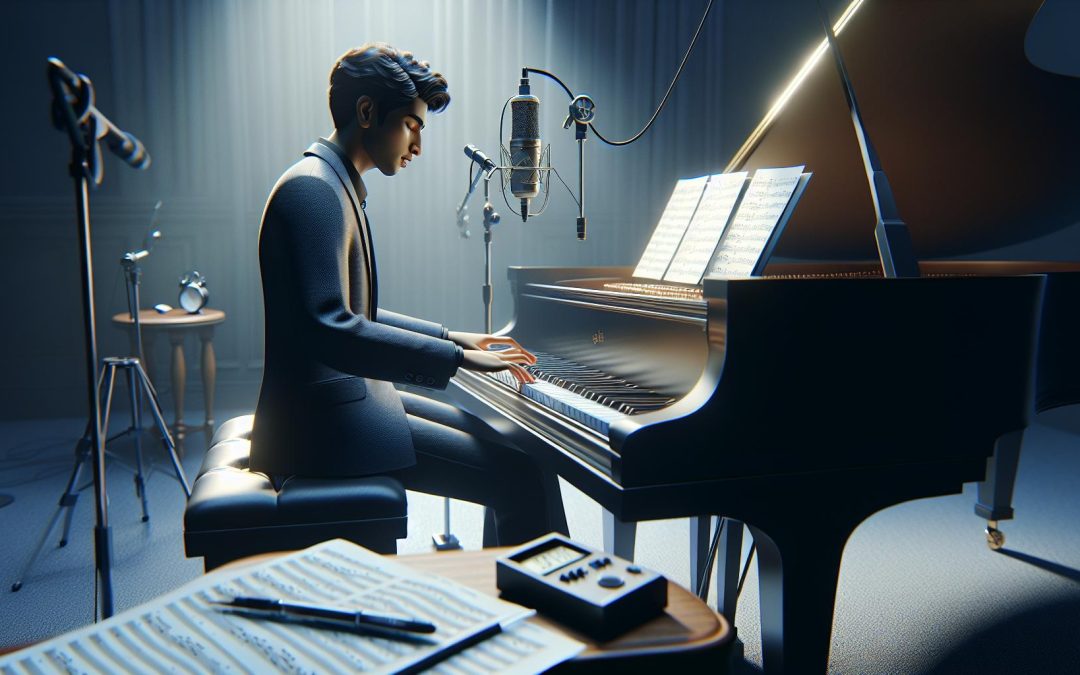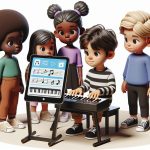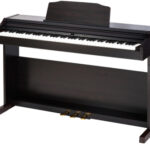Mastering the art of playing the piano while singing is a skill that many musicians aspire to. It's like patting your head and rubbing your stomach simultaneously, but oh so much more rewarding. This unique ability not only enhances your musical versatility but also opens up a world of performance opportunities.
However, coordinating your hands on the keyboard with your voice isn't a walk in the park. It requires patience, practice, and a sprinkle of strategy. Whether you're a budding musician or a seasoned pianist looking to add singing to your repertoire, we've got some tips to help you harmonize your piano playing with your vocal performance seamlessly. Let's dive into the world of melody and harmony, where your voice and fingers create magic together.
Choosing the Right Songs
When venturing into the world of playing piano and singing simultaneously, selecting the right songs is a pivotal first step. Not all songs are created equal when it comes to this challenging feat. Beginners should lean towards songs with simple chord progressions and melodies. This approach allows the musician to focus on the mechanics of playing and singing without being overwhelmed by complicated arrangements.
Songs with repetitive patterns are particularly beneficial because they offer the musician a chance to practice the coordination of piano playing and singing without the added difficulty of complex musical changes. Over time, as one's confidence and skill level increase, more challenging pieces can be introduced.
Here are some factors to consider when choosing songs:
- Key: Songs in a comfortable key for one's vocal range will make singing and playing simultaneously easier. Transposing a song to suit one's voice is always an option.
- Tempo: Slower songs can be more manageable as they offer more time to think about the coordination between hands and voice.
- Lyrics: Simple, slow-paced lyrics are preferable as they give the musician time to focus on the instrumental parts.
Understanding one's personal musical preferences is also critical. Musicians should choose songs they enjoy playing and singing. Fondness for a song can be a great motivator, driving musicians to practice more and with greater enthusiasm.
Practical Tips for Song Selection
- Start with What You Know: Picking a familiar song can significantly reduce the learning curve. If one is already comfortable with singing the song or playing it on the piano, then combining the two becomes less daunting.
- Use Technology: Apps and online tools can slow down the tempo of a song or change its key to better suit one’s needs.
- Keep it Short and Sweet: Initially, one might want to focus on shorter songs or even just parts of songs (like the chorus or verse) to build up confidence and skill.
Sample Songs to Get Started
Below is a list of songs that are well-suited for beginners looking to play the piano and sing at the same time:
| Song | Artist | Reason |
|---|---|---|
| "Let It Be" | The Beatles | Simple chord progression and melody |
| "Someone Like You" | Adele | Repetitive pattern, slow tempo |
| "Imagine" | John Lennon | Simple and powerful chords, slower tempo |
Mastering Hand Independence

Hand independence is a crucial skill when learning to play the piano and sing at the same time. It allows one to maintain a steady rhythm with their left hand while playing melodies or chords with their right. For singers, this skill becomes even more essential as it enables them to focus on vocal melodies without losing track of the piano part.
To develop hand independence, starting with exercises designed specifically for this purpose can be incredibly helpful. Practicing scales, arpeggios, or simple melodies with one hand while the other maintains a consistent chord or rhythm pattern can gradually enhance this skill. It's vital to start slowly, focusing on accuracy rather than speed.
- Scale and chord practice: Play scales with the right hand while the left hand plays chords.
- Rhythm variations: Maintain a steady rhythm with one hand while playing different rhythms or melodies with the other.
- Poly-rhythms: Practice playing two different rhythms simultaneously, one in each hand.
The use of metronomes is highly recommended during these exercises to keep a steady beat. This not only aids in timing accuracy but also helps in syncing both hands to work independently yet together. It's normal to find these exercises challenging at first, but with consistent practice, improvement will follow.
Technology can also play a significant role in mastering hand independence. There are various apps and software that offer exercises and tracks designed to enhance coordination between hands. These tools can adjust to different skill levels, providing a personalized learning experience that can make practicing more engaging and efficient.
Another technique is to simplify the piano parts initially. Reducing chords to their most basic forms or playing one note at a time can help in focusing on the integration of vocals. As proficiency in hand independence grows, the complexity of the piano parts can be gradually increased.
Listening to recordings and watching videos of skilled musicians can also provide insight into how they achieve hand independence. Many artists share their practice routines and tips online, offering valuable resources that can inspire and guide learners through their journey.
Incorporating singing into the practice sessions early on is crucial. Start by humming or singing simple melodies while playing. This combination practice not only aids in developing hand independence but also helps in multitasking – managing vocal and piano performances simultaneously.
Practicing Synchronization
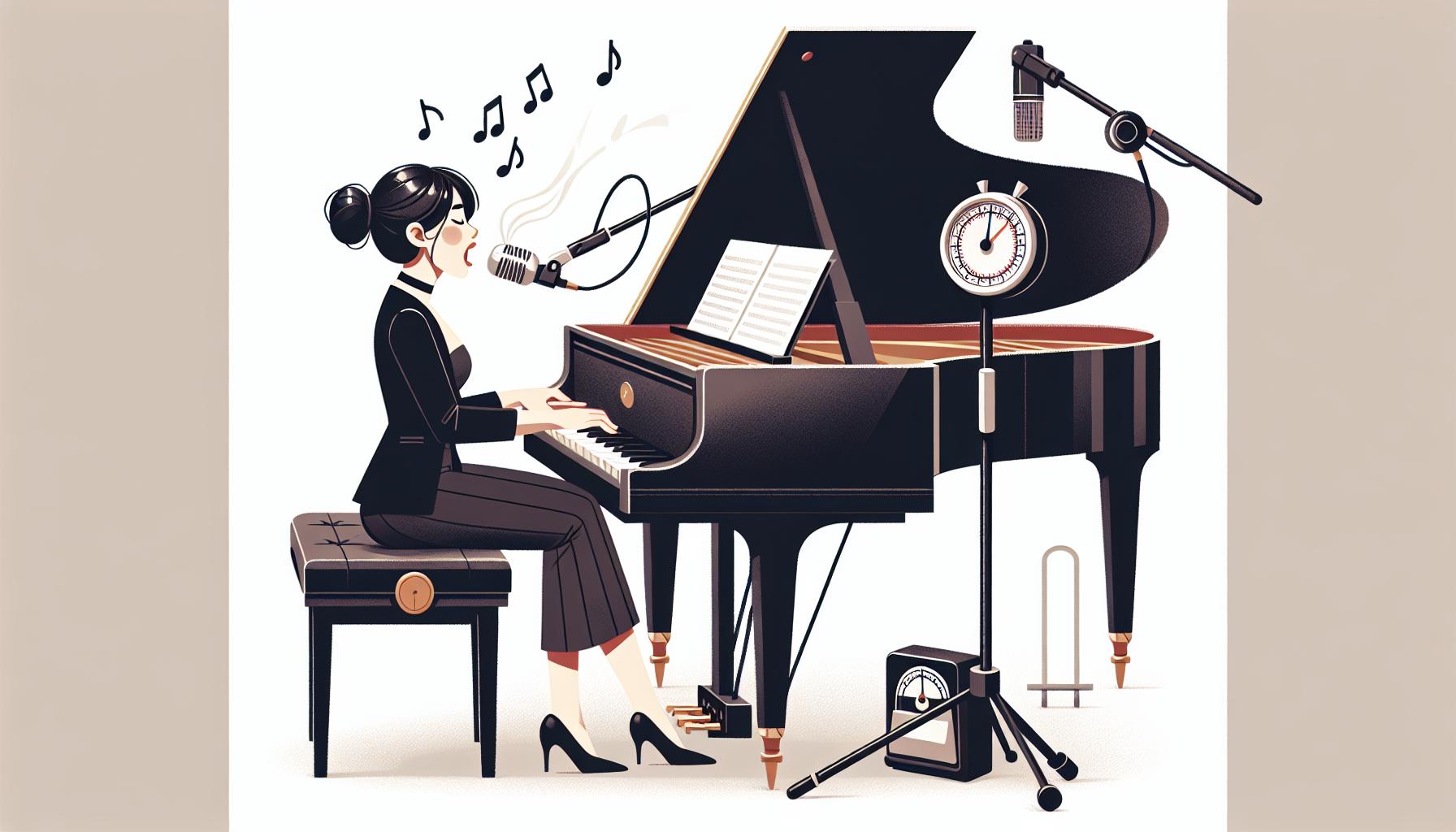
Starting with the Basics
For anyone embarking on the journey of playing the piano and singing simultaneously, practicing synchronization is a pivotal step. This entails developing a seamless connection between what one's hands are doing on the piano and the vocal melodies. Starting with simple scales and straightforward songs can significantly ease this process. It's crucial to choose pieces where the vocal line closely follows the rhythm and melody played by the hands, easing the cognitive load and allowing the performer to focus on synchronization.
Incorporating a Metronome
A metronome isn't just a tool for ensuring timing accuracy; it's invaluable for mastering synchronization. By setting a metronome to a slow, manageable tempo, performers can gradually increase speed as their confidence and skill in playing and singing in unison improve. This step-by-step escalation allows for a meticulous honing of skills without overwhelming the learner.
The Role of Recording and Playback
In the age of smartphones and accessible recording technology, there's an underutilized tool at every musician's disposal: recording and playback. By recording practice sessions, musicians can gain insights into where their synchronization needs refinement. Listening to one's performance can highlight issues not apparent during the act of playing and singing, such as off-beat notes or unsynchronized vocals.
Exercises for Advanced Synchronization
Once the basics are down pat, delving into more complex exercises can further enhance hand-voice coordination. Here are a few highly recommended practices:
- Polyrhythms: Introducing polyrhythms can challenge and improve one’s ability to maintain independent control over each hand while also managing vocal lines.
- Changing Dynamics: Playing the piano at varying dynamics, from pianissimo to fortissimo, while keeping the vocal volume constant, can fine-tune one’s control over each element.
- Singing Over Improvisation: Attempting to sing while improvising on the piano pushes the boundaries of hand-voice independence, reinforcing the neural pathways required for simultaneous play and sing.
Learning from the Masters
Observing and analyzing performances by seasoned musicians who excel at this dual task can offer invaluable insights. Many artists share their techniques and challenges they faced while learning to synchronize playing and singing, which can serve as both inspiration and practical guidance. It’s beneficial to watch a variety of genres and styles as each comes with its unique challenges and solutions in the realm of synchronization.
Working on Breath Control
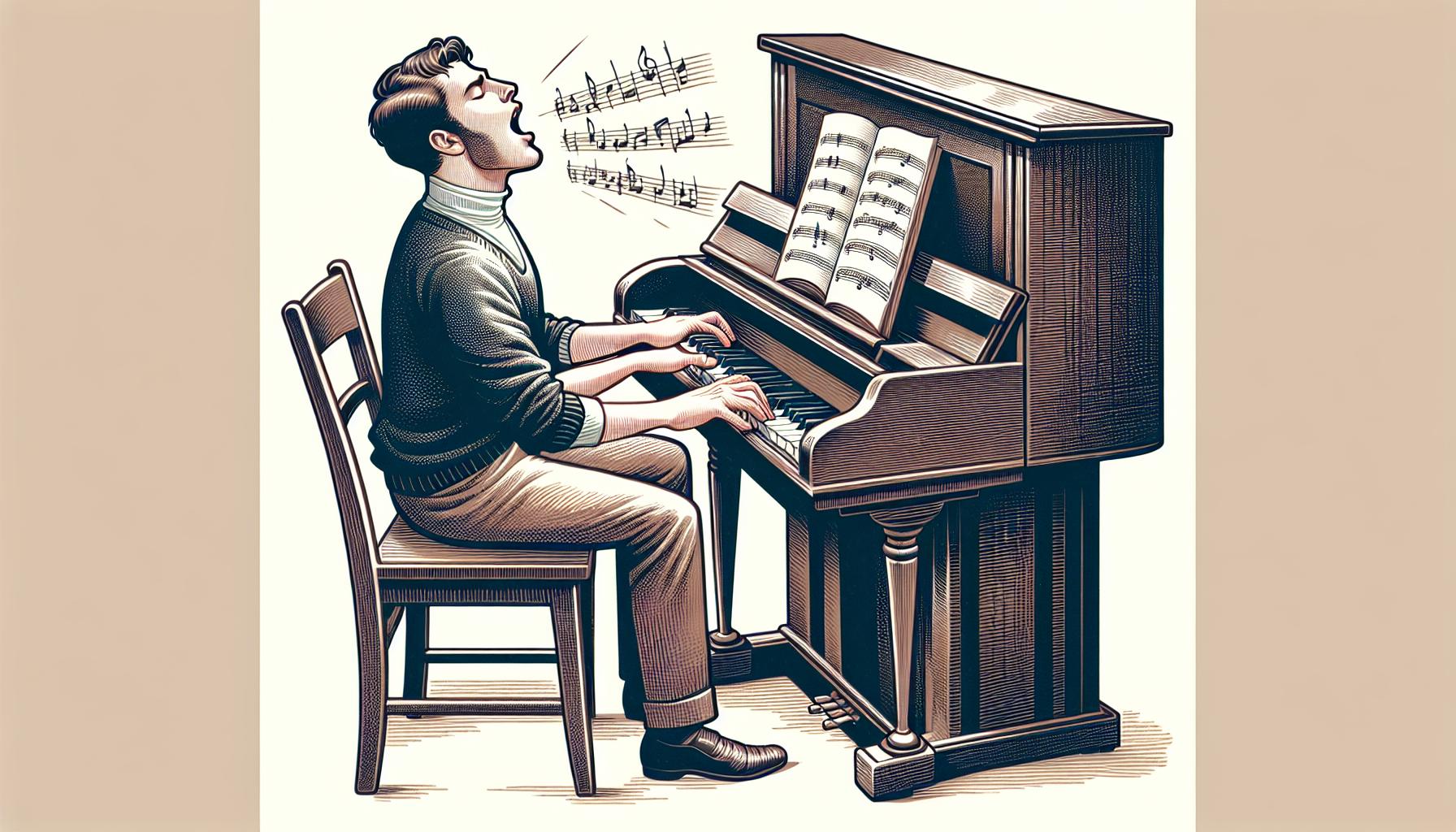
Breath control is one of the pillars of successfully playing the piano and singing simultaneously. It's not just about having the ability to hold a note; it's about ensuring that both singing and playing are supported by a stable and controlled breathing technique. Musicians often overlook this aspect, focusing heavily on hand coordination and forgetting that breath control can either make or break their performance.
To begin with, they should pay attention to their posture. A straight back and relaxed shoulders allow for deep, diaphragmatic breathing, which is essential for controlling airflow and, consequently, vocal tone. Practicing breathing exercises away from the piano can also be beneficial. These exercises might include inhaling deeply through the nose, holding the breath for a few seconds, and then exhaling slowly through the mouth. This practice not only improves lung capacity but also helps in maintaining a calm demeanor during performances.
Furthermore, incorporating specific breathing techniques into piano and vocal practices is crucial. Musicians should practice identifying natural breathing points within a song. This means finding moments in the music where taking a breath feels most comfortable and least disrupts the flow of the performance. Initially, this might require some adjustments in phrasing or even the addition of slight pauses in the piano accompaniment to allow for these breathing moments.
Another useful strategy is to practice singing and playing with a focus on dynamics. Dynamics in music refer to the volume levels of the sound produced. By varying these levels, musicians can not only add emotional depth to their performances but also manage their breath more effectively. Soft sections might require less breath pressure, allowing for a quicker intake of air before more powerful passages.
Lastly, integrating yoga or meditation into one's routine can significantly enhance breath control. These practices emphasize mindfulness and controlled breathing, which directly translates to better management of breath while singing and playing. They also contribute to overall well-being, which inevitably impacts musical performance.
Musicians who dedicate time to mastering breath control will find that their ability to play the piano and sing simultaneously improves significantly. Not only does it allow for more expressive performances, but it also reduces vocal strain and enhances endurance, making longer performances more manageable. This dedication pays off by elevating their music to new levels, creating a more immersive and engaging experience for both the performer and the audience.
Performance Tips
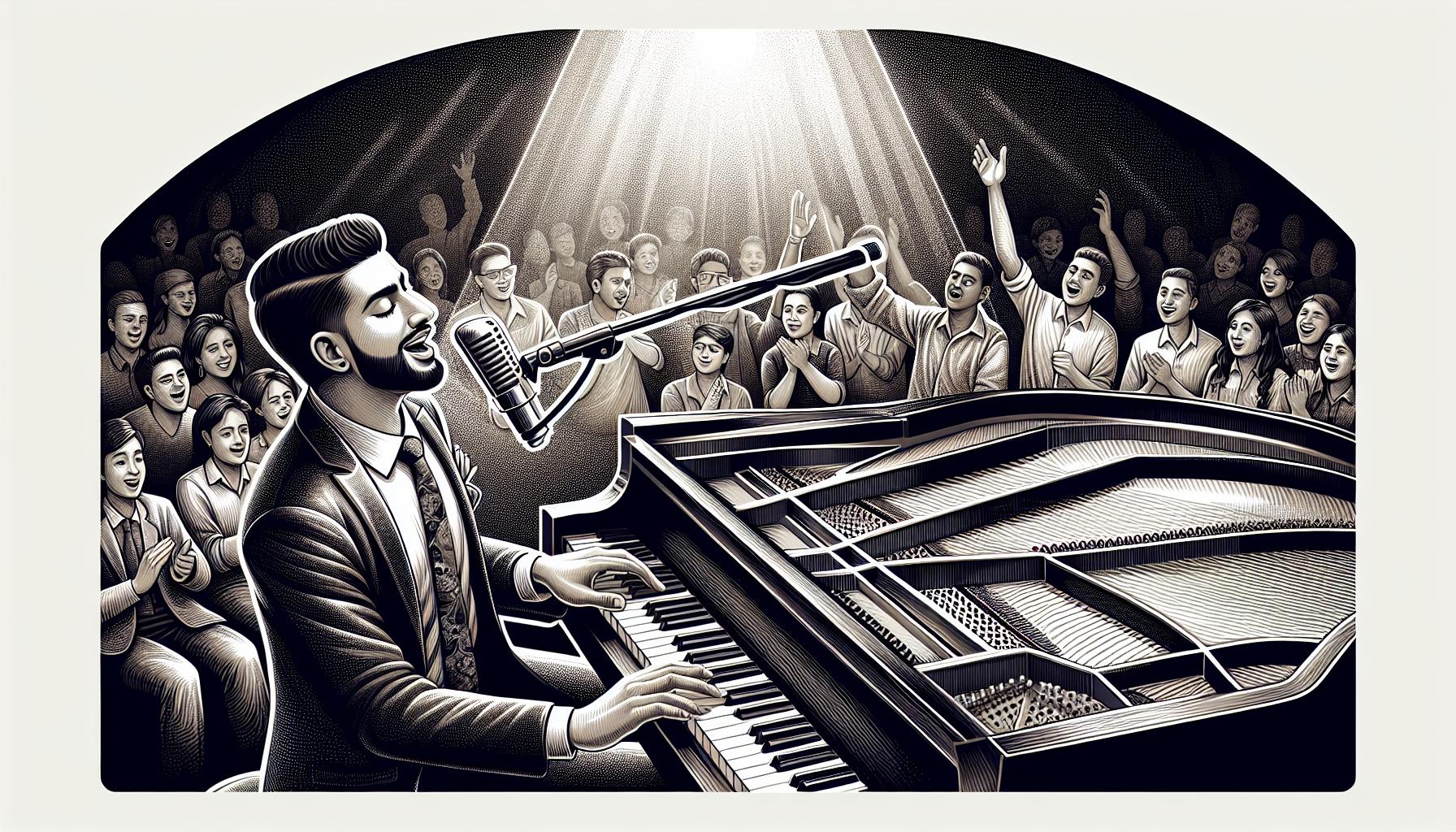
When diving into the complex world of simultaneously playing the piano and singing, musicians often seek strategies to polish their performances. Mastering this skill requires not just dedication but also smart practices that fuse the intricacies of both arts. Here are some performance tips that can help artists create mesmeric renditions that captivate their audience.
Start Slow and Separate. Initially, it’s crucial to approach both singing and playing piano as individual components before attempting to merge them. This means dedicating time to perfect each part on its own. Once comfortable, slowly integrate singing with playing, beginning with slower, simpler songs. This gradual process enhances coordination and reduces overwhelm.
Memorization is Key. One of the greatest aids in performing both tasks simultaneously is memorizing the piano part. This allows the musician to focus more on the vocal aspect without the added pressure of reading sheet music. It fosters a more intimate connection with the performance, facilitating a smoother execution.
Mark Your Breaths. Just as in standalone vocal performances, marking breaths on the sheet music can greatly assist in managing breathing while playing. This method ensures that breathing doesn’t become erratic or forced during complex piano segments and helps maintain vocal health.
Utilize Technology
In today's digital age, technology serves as a powerful ally. Metronomes and various music apps can assist in maintaining rhythm and timing, crucial components of a seamless performance. Additionally, recording practices and performances allow for self-assessment and pinpointing areas for improvement.
Practice with Microphones
For those aiming for live performances or recordings, practicing with a microphone can offer invaluable experience. It helps in adjusting vocal volume and understanding mic handling, ensuring that both the singing and piano playing are captured with balance and clarity.
Engaging with the Audience
Embarking on the journey of playing piano and singing simultaneously isn’t just about technical mastery. It’s also about connection. Musicians should remember:
- Eye Contact: While it might be challenging, finding moments to make eye contact with the audience creates a bond and makes the performance more engaging.
- Expressiveness: Conveying the emotion of the piece through facial expressions and body language enriches the performance, making it more compelling.
- Be Present: It’s easy to get caught up in concentrating on the technical aspects, but staying present and enjoying the moment can elevate the performance to new heights.
Conclusion
Mastering the piano and vocals simultaneously is an art that demands patience and dedication. By incorporating the strategies outlined, musicians can navigate this journey more smoothly. Remember, it's not just about hitting the right notes but also about connecting with your audience on an emotional level. So take your time, practice diligently, and let your passion shine through every performance. With perseverance and the right approach, you'll soon find yourself captivating audiences with your newfound dual talents.
Harlan Kilstein began playing piano during covid with no piano background at all. He taught himself how to play learning what to do and what not to do.
Today he's an advanced intermediate player and can help you grow in your skills because he learned all this on his own.

